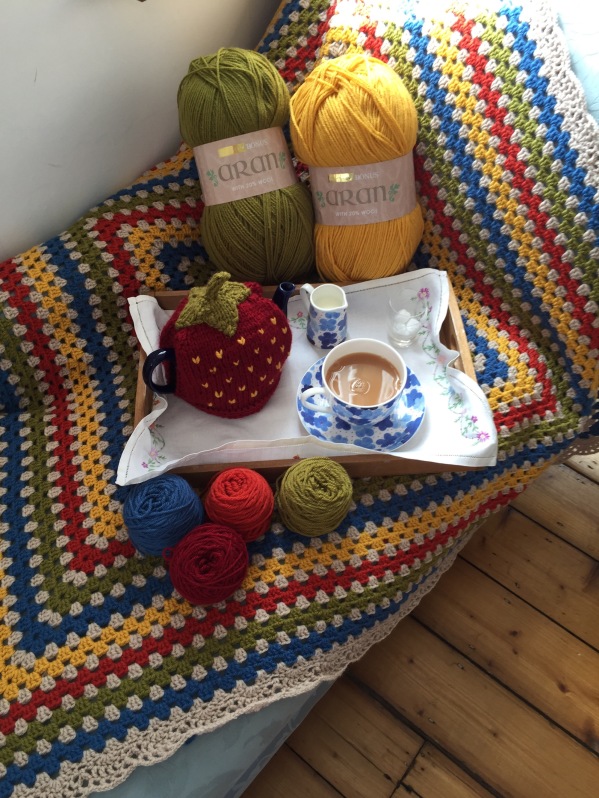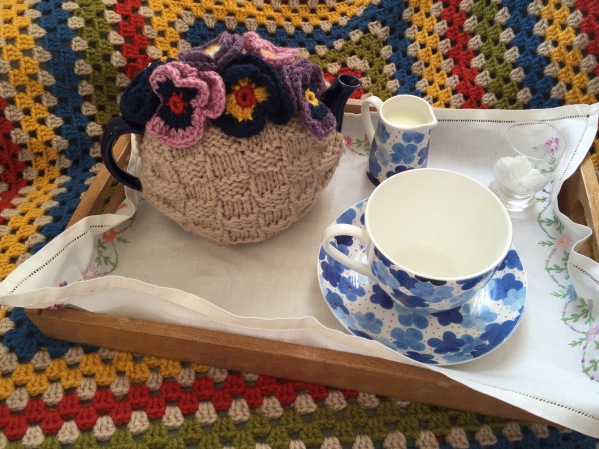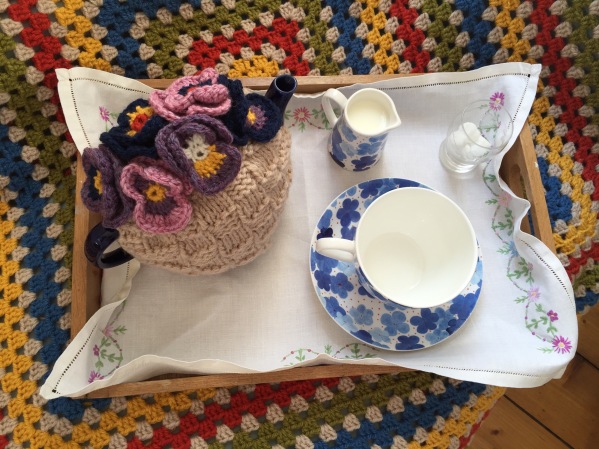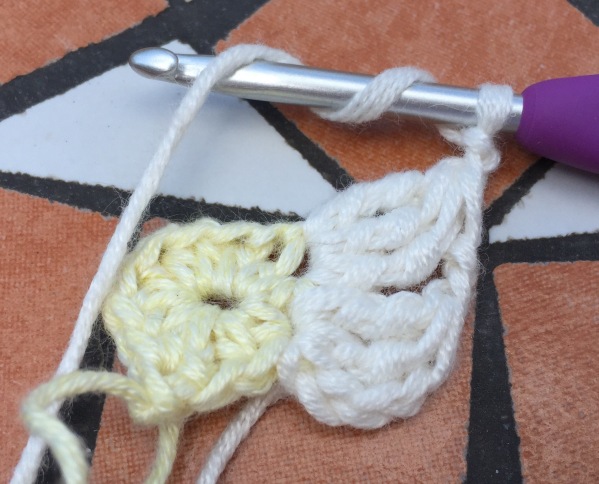Once in a blue moon I get an overwhelming urge to take a stall at a craft market. So when my local Infant School appealed for stall holders for their Summer Fair I thought it would be the perfect opportunity.
With my usual mix of enthusiasm and excitement, I set about planning goodies that would be suitable for a predominantly ‘pocket money’ driven economy; in other words, what small children would eagerly want in exchange for all those hot, sticky, shiny pennies that they have extracted from their parents!!
Unfortunately, despite having the ability to identify my target audience I shall never, ever make any money from a craft fair and the reason is very simple; I get so carried away that I always buy too many fancy materials!
To me the most joyful thing about having a stall is the planning, the purchasing, the producing and, finally, the packaging.

I decided to go for pretty cotton purses decorated with wonderful wooden butterfly buttons…
I adapted a pattern I had recently used to make some really sweet pansy brooches, although I have to admit, I did keep a couple of these for myself!!
I also made some jolly hair slides again with some cute floral wooden buttons.
Then there were a few “Do It Yourself” knitting kits to encourage the children to produce their own hand made goodies.
And then there were my absolute favourites; tiny crocheted key rings. These were just such fun to make and, judging by the their very quick disappearance, very popular with the children too!
The most popular key ring amongst the children and the adults were the “Fab” ice lollies!!
They were incredibly simple and quick to make so I thought I would share the pattern I devised should you feel the need to whip up a quick present or two!
Materials:
- 4-ply Cotton in Red, Cream, Brown & Beige
- 2.5 mm Crochet Hook
- Toy Stuffing
- Embroidery Thread in Pink, Cream, Yellow and Pale Blue
- Key Ring or Lobster Claw
- Sewing Needle
With the Red cotton make a chain of 9.
Foundation Row: Work a DC into the second chain from hook. Work a DC into the following 7 chains.
Row: Turn, 1 DC, work 1DC into each of the 8 stitches.
Work 3 more Rows in Red, 4 in Cream, 10 in Brown, 4 in Cream and 4 in Red.

Using the embroidery threads, stitch scattered stitches “pell mell” to resemble the sprinkles.

To make the “stick”, insert crochet hook into the 3rd stitch at the bottom of the piece and, using the beige cotton, DC into the next 3 stitches.

Turn, work 1 DC and then work 1 DC into the 3 stitches. Repeat this 13 times.

With the right side inside, fold the main piece in half so that the Red, Cream and Brown all match up. Sew up the sides.
Turn the piece back so the right side is out and stuff with toy stuffing.
Sew up the bottom of the main piece with the Red.
Fold the “stick” in half and sew it up the side, along the top (where it meets the Red) and up the other side.
Sew on the Lobster Claw or Key Ring and you are done!
Take Care,
Alitzah


































